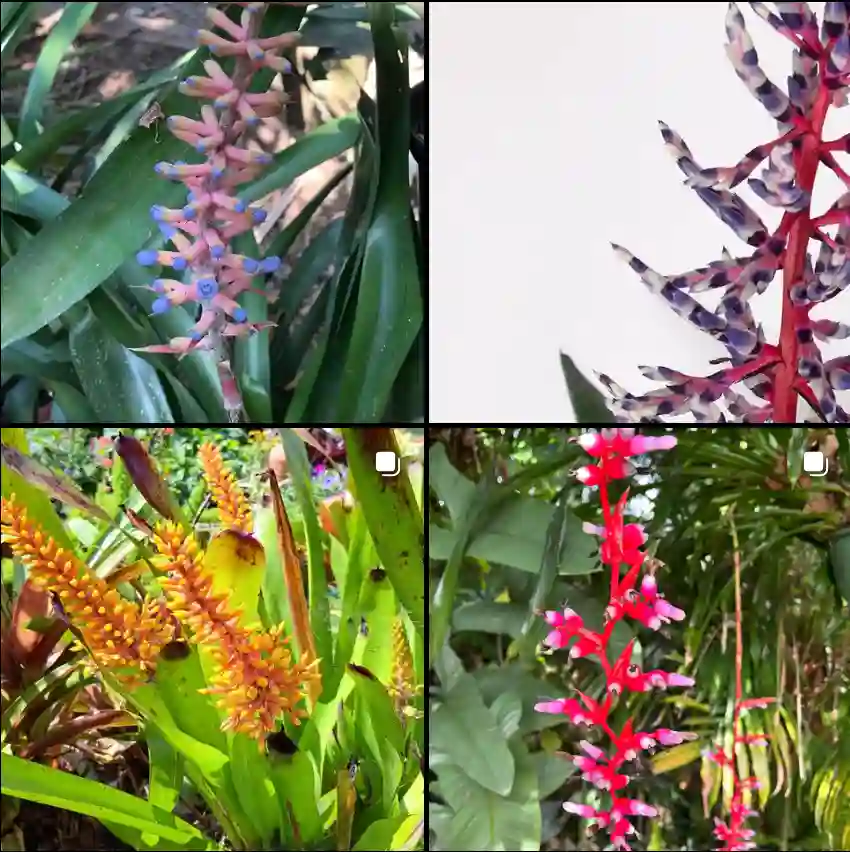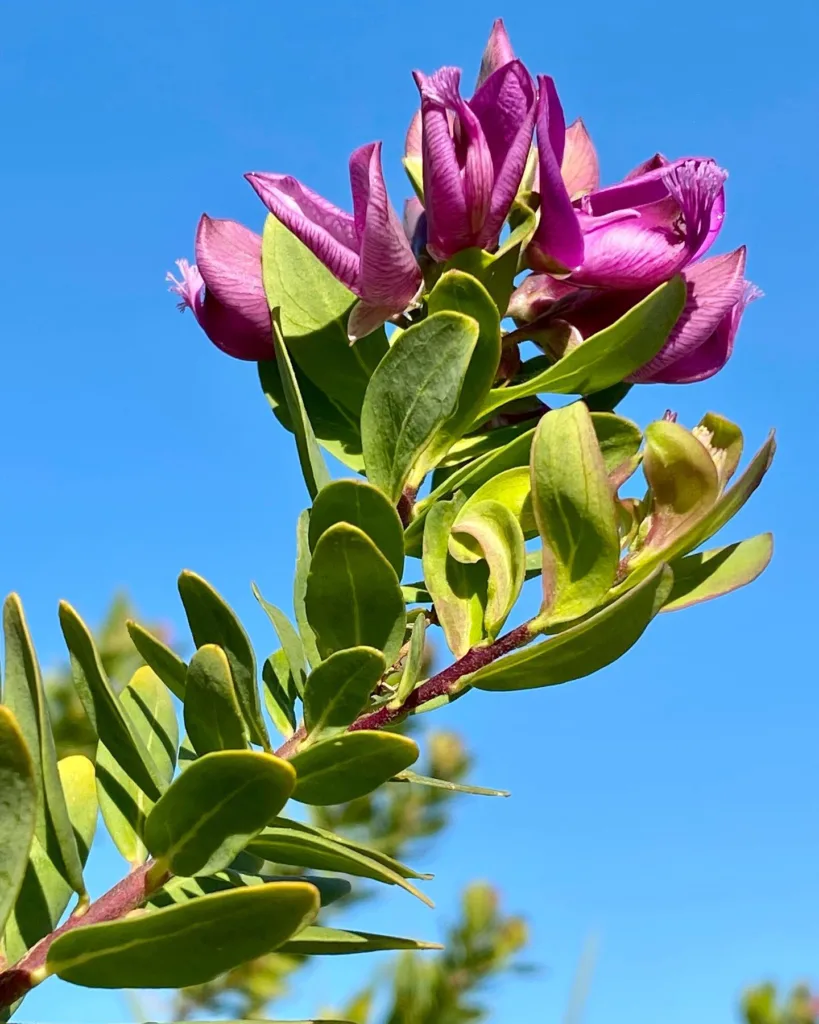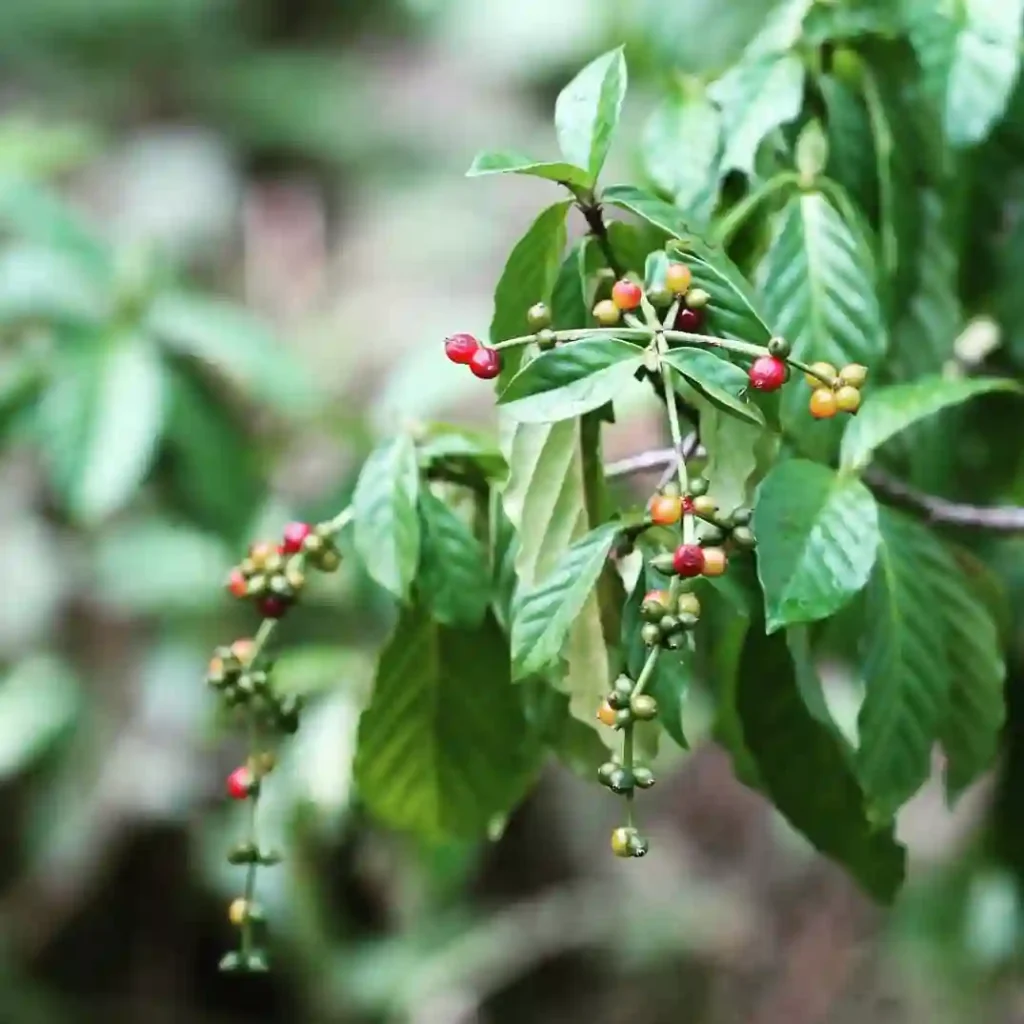
What is Ailanthus Altissima?
Ailanthus Altissima, commonly known as Tree of Heaven, is a deciduous tree native to China and Taiwan. It’s known for its fast growth and ability to thrive in a variety of conditions. Despite its impressive growth, it’s considered an invasive species in many parts of the world. Its name, Tree of Heaven, reflects its adaptability and the fact that it can grow in difficult urban environments.
6 Species in Genus Ailanthus
Why is Ailanthus Altissima Called Tree of Heaven?
The nickname “Tree of Heaven” comes from the tree’s resilience and ability to grow in tough conditions. It’s a hardy species that can thrive in poor soils, urban areas, and even cracks in pavement. This adaptability gives it a sort of “heavenly” reputation, suggesting that it can grow almost anywhere.
Do Exotic Invasive Trees Include Ailanthus Altissima?
Yes, Ailanthus Altissima is considered an exotic invasive tree in many regions. It was introduced to various parts of the world as an ornamental plant due to its rapid growth and tolerance of urban conditions. However, it quickly spread and began outcompeting native species, causing ecological imbalances. Its ability to dominate and spread aggressively makes it a significant concern for conservationists and land managers.
How Long Will Ailanthus Altissima Seed Be Viable?
Ailanthus Altissima seeds can remain viable for several years. The seeds are known for their durability and can persist in the soil for an extended period before germinating. This longevity contributes to the tree’s invasive nature, as it can continue to spread even if initial attempts to control it are unsuccessful.
How to Kill Ailanthus Altissima?
Killing Ailanthus Altissima requires persistence and a multi-faceted approach. Here are some effective methods:
- Cutting and Herbicide Application: Cut down the tree and immediately apply a herbicide to the stump. Glyphosate or triclopyr are often used for this purpose. Be sure to follow the manufacturer’s instructions for application.
- Root Removal: For smaller trees, removing the entire root system can be effective. This method is labor-intensive but can prevent regrowth.
- Chemical Treatment of Roots: Injecting herbicides directly into the root system can help kill the tree more effectively. This is particularly useful for large trees with extensive root systems.
- Regular Monitoring: Even after treatment, monitor the area for any signs of regrowth and reapply treatments as necessary.
How to Get Rid of Ailanthus Altissima?
Getting rid of Ailanthus Altissima involves similar strategies to killing the tree. Consistent and thorough management is key. In addition to the methods mentioned above, it may be beneficial to consult local forestry experts or extension services for guidance specific to your region. They can provide recommendations on the most effective treatments and help you develop a long-term management plan.
Can You Carve Ailanthus Altissima?
Yes, you can carve Ailanthus Altissima wood. The wood is relatively soft and easy to work with, making it suitable for carving. However, it is not typically used for fine woodworking or furniture due to its tendency to warp and its lack of durability compared to other woods.
Ailanthus Altissima vs Sumac
Ailanthus Altissima and Sumac can be easily confused because they both have similar leaf structures and can be found in similar environments. However, they are different species. Ailanthus Altissima has large, compound leaves with a strong odor, while Sumac generally has smaller, serrated leaves and produces bright red berries. Sumac is often used in landscaping and for its ornamental value, whereas Ailanthus Altissima is considered invasive and problematic.
Ailanthus Altissima vs Walnut
Comparing Ailanthus Altissima to Walnut trees reveals several differences. Walnut trees (Juglans species) are known for their valuable wood, which is used in high-end furniture and cabinetry. They have large, pinnate leaves and produce edible nuts. Ailanthus Altissima, on the other hand, is more invasive and less valued for its wood. The two trees have different growth habits, leaf structures, and ecological impacts.
How to Care for Ailanthus Altissima?
If you choose to plant Ailanthus Altissima, be aware that it requires minimal care once established. It’s drought-tolerant and can survive in poor soil conditions. However, due to its invasive nature, it is generally recommended to avoid planting it in favor of native species that are better for local ecosystems.
Can You Grow Ailanthus Altissima Indoors?
Growing Ailanthus Altissima indoors is not practical. It is a large tree that requires significant space to grow and develop. Its rapid growth and size make it unsuitable for indoor environments. Instead, it is best suited for outdoor planting, and even then, it should be managed carefully to prevent it from becoming invasive.
Is Ailanthus Altissima Toxic?
Ailanthus Altissima is not highly toxic, but it does produce chemicals that can be irritating to the skin and eyes. Additionally, its leaves and bark have a strong, unpleasant odor that can be off-putting. It is not considered a serious health hazard, but it’s best to avoid direct contact with the tree’s sap or leaves.
Benefits and Common Problems
The primary benefit of Ailanthus Altissima is its rapid growth and ability to provide quick shade in urban environments. However, its invasive nature outweighs these benefits. Common problems include its tendency to outcompete native plants, spread aggressively, and create maintenance challenges for property owners and land managers.
In summary, while Ailanthus Altissima might seem attractive for its hardiness and fast growth, its invasive nature and the problems it creates make it a challenging plant to manage. Proper control methods and careful consideration of its impact on local ecosystems are crucial for addressing its spread.
If i die, water my plants!



